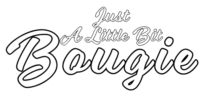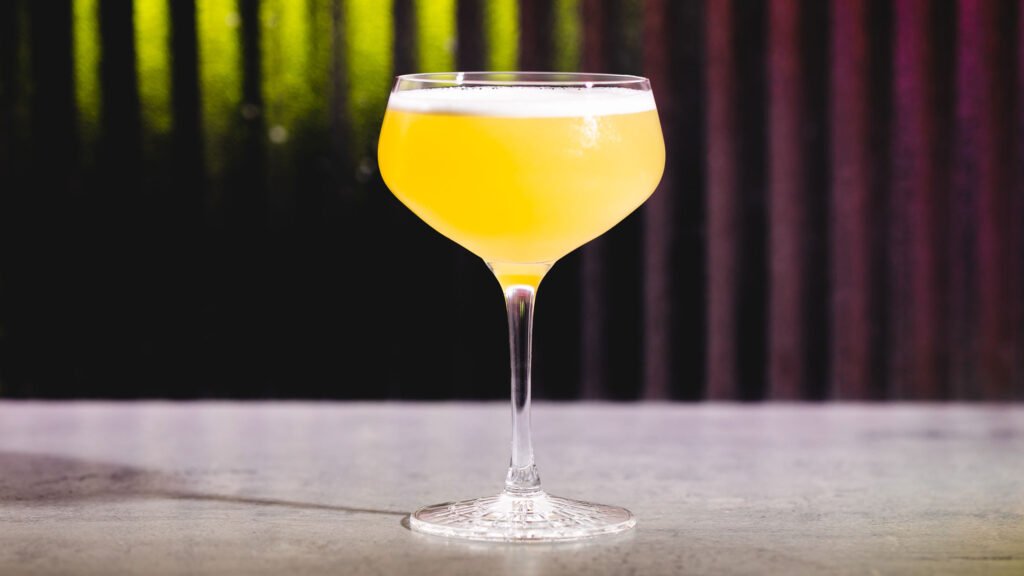[ad_1]
A titan lies tucked mere blocks away from the collegiate bluster of Milwaukee, Wisconsin’s premier social gathering district. Behind an unassuming house-like façade on a residential avenue, one of many metropolis’s oldest bars has served beer and cheer to the East Aspect for generations. Wolski’s Tavern is a century-and-change-old establishment whose prominence in Milwaukee lore has been cemented in three phrases: “I Closed Wolski’s.”
A no-frills image of Cream Metropolis tradition, Wolski’s iconic bumper sticker, with its bolded blue font on a white background, might be the very first thing most individuals know in regards to the bar. A reward for devoted drinkers, the sticker has ridden bumpers from Dublin to Osaka, plastered dive bar loos and served as an goal for night-long quests to the underside of beer glasses since 1973.
To of us like April Lynch, an everyday each on the bar and its annual tenting journey reserved for workers and solely essentially the most religious regulars, “It’s not simply the bumper sticker and the hype—I haven’t closed Wolski’s in 15 or 20 years!” She used to dwell simply two homes down Pulaski Road from the bar, however moved to Glendale, a Milwaukee suburb, a couple of years in the past. “It’s nonetheless my dwelling,” she says.
Veteran bartenders have been slinging pictures of Stoli Orange to a tight-knit neighborhood of regulars at Wolski’s since I (24) was in diapers. Each night time, barflies pan for gold on the pull-tab machines to a cacophony of rattle-rattle-thudding bar cube and the drone of chatter punctuated by laughs.

Outdated wood pillars help a ceiling studded with Tiffany lamps and lined with flags; some for crusing, however most representing the heritage of parents who’ve knocked again Schlitz, Pabst and Miller on the bar. A weathered Polish flag dangles above the lads’s room door in homage to the neighborhood’s historical past. In the event you step in, you’ll discover an indication asking individuals who use the restroom to scrub their arms, however there’s no obvious sink inside: a take a look at. (Fortunately, there’s a sink within the nook, simply conspicuous sufficient for anybody trying to discover it. The bartender would possibly even congratulate you for complying.)
Sitting on the bar feels good; so does standing up. The previous, rounded wooden edges and surprisingly pristine brass rail jutting out are good for leaning over as you are taking pictures or shoot cube together with your bartender. It’s flattered by a dim crimson glow, damaged solely by the shine of a popcorn machine and the video slots bookending the house. Dozens of the same old suspects line the old-school backbar, with a couple of additional bottles of brandy thrown in—it is Wisconsin, in any case. However apart from a stray Bloody Mary, Milwaukee’s unofficial cocktail, it’s a beer-and-shots crowd.
Usually I’m a fernet or effectively whiskey drinker, however at Wolski’s, I observe the bartenders’ lead with the orange vodka. I requested round about why this was the shot of selection behind the bar, however couldn’t discover a clear reply. Plaques from bygone darts tournaments (steel-tipped, a matter of delight for regulars), are studded with missed bull’s-eye makes an attempt within the raised again room alongside a pool desk and the ladies’s restroom.
“It’s the kinda bar the place regulars will stroll in and have a beer ready for them earlier than they sit down,” says Joe Duehmig, a Wolski’s common and member of a neighborhood crusing staff that calls Wolski’s its unofficial dwelling. Minutes after he informed me this, members of the after-work crowd began to pour in from the snowstorm, the occasional common greeted by a frosty pint.

Duehmig clarifies that getting into Wolski’s is like making a tacit settlement of mutual belief and respect: “There aren’t digital registers right here; you simply must belief the bartender.” As a substitute of contact screens with card readers, bartenders use hulking, cartoonish, vintage money registers which are gathering rust and decorations and chime when somebody pays with money. The bartenders nonetheless pay attention to the whole lot on paper.
Duehmig isn’t an outlier. Nearly each Wolski’s common I spoke with has private ties to this closing boss of neighborhood bars. “Everybody’s linked in some way,” says Rani Watson, a Wolski’s bartender with 23 years underneath her belt. “If any person wants a lawyer, we’ve got a lawyer; if any person wants a mechanic, we’ve got a mechanic.” A number of individuals have met their spouses on the bar, too.
“If we’re gonna speak in regards to the neighborhood, we’ve gotta discuss Bobcat Bernie,” says Lynch. I’d heard murmurs about him whereas speaking to regulars and workers alike up and down the bar; he’s the man who owns a lot of the property on the block, together with Wolski’s. Nicknamed for his Bobcat model snowblower, he plows all the block when it snows.
The Bobcat confirmed up later within the night. Bernie Bondar, great-grandson of bar founder Bernard Wolski, has been concerned with the bar since he was 21, when he and his older brother took over the operation. This was again earlier than Wolski’s was the tight-knit gathering place for eclectic teams, from crusing crews to artwork courses to darts groups. “It was actually native after we took over. The bumper sticker factor kinda actually did it.”
It began due to the financial woes that shook the U.S. within the Seventies, particularly pummelling industrial cities like Milwaukee: “We had individuals that might are available at midday and keep until 2 [a.m.]—14 hours.” These seasoned drinkers requested for one thing in return for staying on the bar all day, so that they selected a bumper sticker. “Nicely, then, everyone wished one.”
[ad_2]


